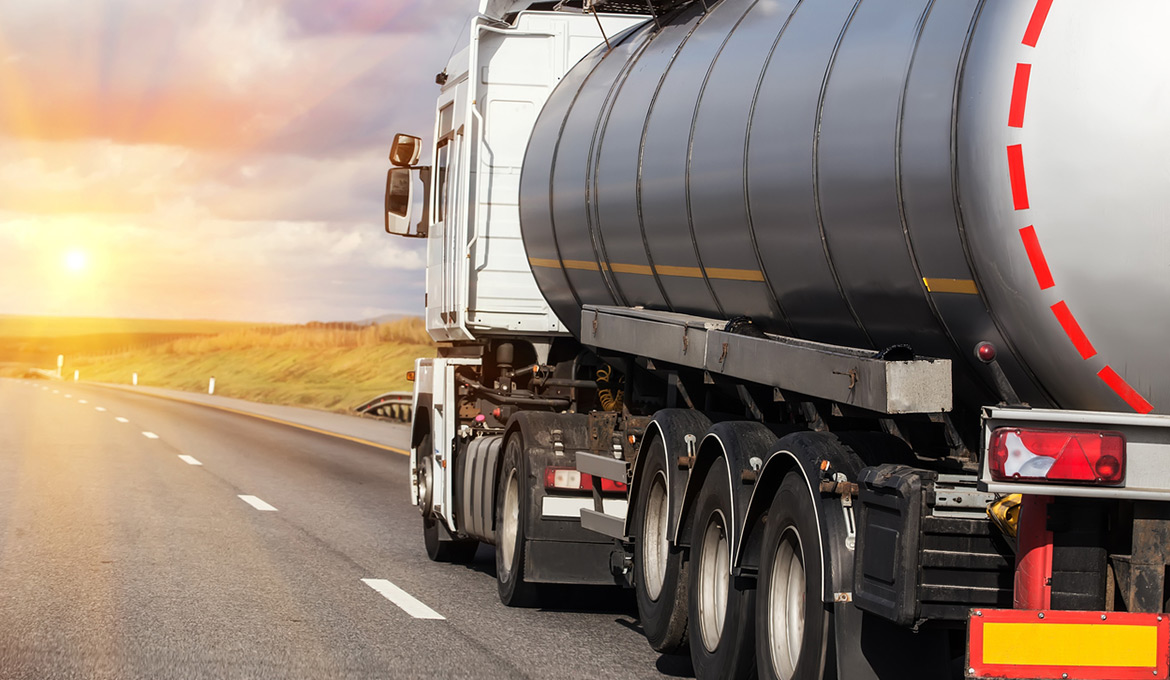
4 Surprising Factors Affecting Fuel Delivery
Technology-driven experiences are everywhere. From iPhone to Netflix, customers buy products and order services literally with their fingertips. If you’re a Digital Native, the thought of doing anything manually–like driving to the store or going to rent an actual movie–might be foreign to you. And when it comes to business processes, manual processes seem downright archaic.
Technology helps companies in every sector automate labor-intensive backend processes and customer-facing services. Cloud technology has the power to revolutionize fuel delivery in our industry. With a commodity such as fuel, it’s nearly impossible to track workflows, vendors, tanks and leak lines, or fuel usage without some automation in place, at least with any accuracy.
While the processes you’ve been using may be good enough, the retail fuel industry is evolving faster every day. Efficiency and productivity can differentiate your business from the forecourt down the street. Fuel delivery automation is paving the way.
Technology is capable of integrating into your operation’s backend systems while at the same time streamlining your operation on the front end. Here are five ways innovation can give you a competitive advantage.
1. Achieve better workflows. Using many technology systems for site management can leave you feeling like your information is scattered and difficult to access. You may have a decentralized process spread across various divisions. You may have to manually update spreadsheets. You may not have a standard operating procedure to manage compliance. You may be managing work orders haphazardly.
If so, this all translates to poor efficiency and lost revenue. Whether it’s to track maintenance orders from entry to completion or pipeline repairs, fuel delivery automation can help you run your business at peak efficiency and greatest profitability.
2. Save time. You can review past alarms, tie them to specific tanks, identify issues with theft, carriers, or leaks and analyze the time of discovery. Knowing when and why alarms are triggered represents crucial data points that can improve response time. Our software gives owners the ability to escalate workflows with custom notifications, ensuring critical tasks are taken care of immediately.
Also, when you’re operating many convenience stores, vendor management can become a critical profit (or loss) center. The ability to integrate vendors into the platform can improve efficiency dramatically. Instead of laboring over paper files that are hard to transfer and analyze, you can automate vendor data feeds, streamlining the entire process.
3. Improve outcomes. Software lets you check tanks and line leaks around the clock so a leak never goes undetected. It can also correct common ATG configuration issues, minimizing shutdowns.
No one wants to lose a customer to the competition, especially over something preventable like an unavailable or slow fueling nozzle. Automation creates frictionless fueling. Technology can monitor and prevent slow fuel and nozzle unavailability. It can simultaneously check tank levels and track fuel use to reduce the duration and frequency of tank shutdowns.
4. Mitigate risk. When you improve alarm efficiency, you’re better able to manage risk. Alarms set for overfill, high or low product inventory, will generate reports you can then analyze. You can review past alarms and tie them to specific tanks to create a fuel delivery model. This model lets you plan based on historical data and real-time forecasting for timely fuel refills. It’s not just a leak you have to be concerned about. You can lose sales if you run out of fuel.
5. Minimize errors. Automation at the pump provides the lowest possible inventory variance by correcting for common sources of error, such as the tank chart, meter drift, temperature, and vapor loss. No one wants to lose a customer to competition, especially over something preventable like an unavailable or slow fueling position.
There are many reasons to automate fuel delivery. For one, the software lets you focus on the real issues rather than the process of moving paper from one point to another. Also, a robust cloud solution provides a simple one-stop-shop of actionable analytics. You can improve both the customer experience and increase fuel sales when you invest in fuel delivery software.
